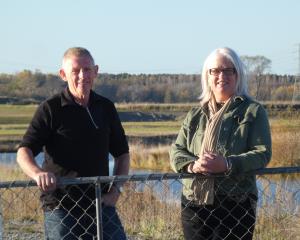
Spending activity in the regions was comfortably outpacing activity in the main centres. Commodity prices for most exports were holding at high levels.
Many of the drivers of urban growth had peaked, including migration, the housing market and construction activity, he said.
''Most of the New Zealand's economy momentum over the next 18 months will come from provincial areas, thanks to strong export incomes.''
The provincial growth would not be sufficient to prevent New Zealand's economy cooling during 2019. But the slowdown was likely to be less marked than previously feared, Mr Kiernan said.
Simulatory fiscal policy from the Government would also help cushion the slowdown.
Before the May Budget, the Government's spending options appeared to be constrained by those policies it had already committed to, including fees-free tertiary education and the Families Package.
With Treasury's forecasts showing an increase in the surplus to $7.3billion by 2022, and higher government revenue expected, the Government had scope to further lift spending while keeping its books in the black, he said.
Shortages of both skilled and unskilled workers continued to act as a restraint on economic growth.
Wage inflation had increased in recent quarters and could generate more widespread price pressures during the next couple of years.
''Labour's watered-down changes to migration policy hint at a realisation foreign workers will continue to play a key role in meeting labour shortages.
''Rising labour costs and skill shortages will also encourage firms to accelerate their investment in labour-saving technology.''
The relatively sanguine outlook of economic growth holding above 2% between now and 2021 was not without its risks, Mr Kiernan said.
For provincial areas, the risks included the effects of Mycoplasma bovis, labour shortages that were often more critical than in the main centres, and the potential for a weakening global economy due to US-China trade ructions.
Low business confidence suggested domestically-focused firms were already reluctant to invest or hire.
Households were also becoming more cautious about their spending in the face of higher fuel prices and the slowing housing market.
''The New Zealand economy needs the continuation of good export conditions to maintain a solid growth performance between now and 2021.''













